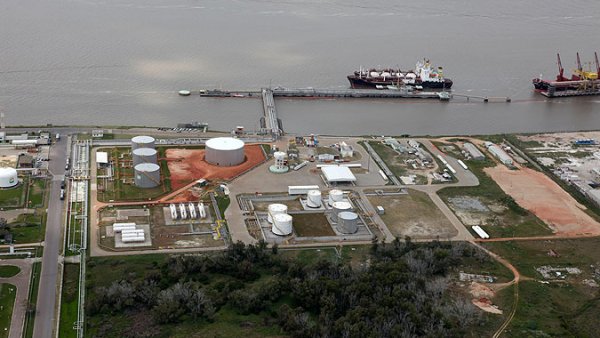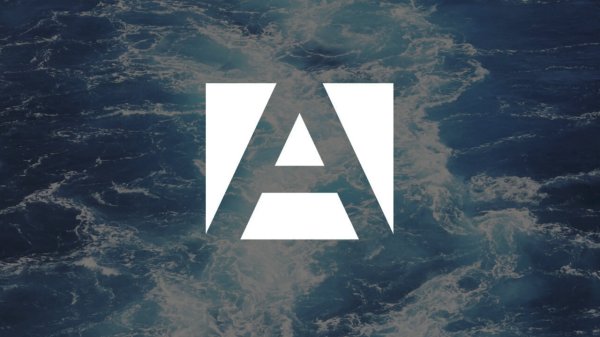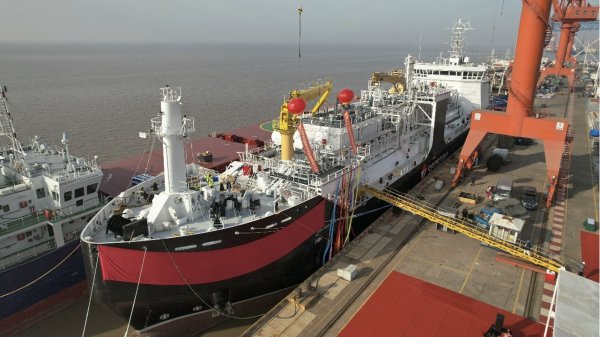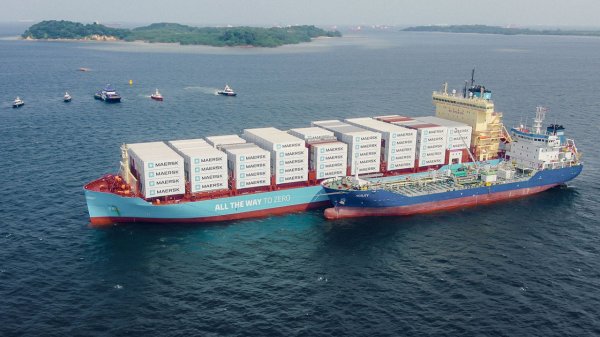MOL pays 41% more for bunkers in Q1, revises FY fuel price forecast down 6.6%
Japanese shipowner paid an average $319 per tonne in the first fiscal quarter.
Mitsui O.S.K. Lines (MOL) reports that the average bunker price paid by its fleet of vessels increased by more than 40 percent during the first three months (Q1) of its fiscal year.
Between April and June 2017, MOL paid an average of $319 per tonne, which was an increase of $93, or 41.2 percent, on the $226-per-tonne average recorded during the corresponding period in 2016.
In its outlook for Q2 2017, MOL has revised its average bunker price forecast down from $350 per tonne on April 28 to $330 per tonne - a reduction of $20, or 5.7 percent; and its average bunker price prediction for the first six months (H1) is now $324 per tonne, which is $26, or 7.4 percent lower than three months ago.
For H2, MOL has lowered its average price prediction by $20, or 5.7 percent, to $330 per tonne.
MOL's full-year bunker price forecast for 2017 is now $327 per tonne, which is $23, or 6.6 percent lower than the $350 figure predicted in the report for the previous fiscal quarter.
In its overall results, MOL posted a Q1 net income of JPY 5.2 billion ($47 million) compared to JPY 1.4 billion ($12.7 million) last year.
Revenue rose to JPY 403.28 billion, up from JPY 360.08 billion, whilst operating profit was JPY 1.1 billion compared to last year's operating loss of JPY 3.57 billion.
Between April and June 2017, MOL paid an average of $319 per tonne, which was an increase of $93, or 41.2 percent, on the $226-per-tonne average recorded during the corresponding period in 2016.
In its outlook for Q2 2017, MOL has revised its average bunker price forecast down from $350 per tonne on April 28 to $330 per tonne - a reduction of $20, or 5.7 percent; and its average bunker price prediction for the first six months (H1) is now $324 per tonne, which is $26, or 7.4 percent lower than three months ago.
For H2, MOL has lowered its average price prediction by $20, or 5.7 percent, to $330 per tonne.
MOL's full-year bunker price forecast for 2017 is now $327 per tonne, which is $23, or 6.6 percent lower than the $350 figure predicted in the report for the previous fiscal quarter.
In its overall results, MOL posted a Q1 net income of JPY 5.2 billion ($47 million) compared to JPY 1.4 billion ($12.7 million) last year.
Revenue rose to JPY 403.28 billion, up from JPY 360.08 billion, whilst operating profit was JPY 1.1 billion compared to last year's operating loss of JPY 3.57 billion.

|
VARO Energy expands renewable portfolio with Preem acquisition
All-cash transaction expected to complete in the latter half of 2025. |
|
|
|
||

|
NYK trials biofuel in milestone coal carrier test
Vessel is used to test biofuel for domestic utility company. |
|
|
|
||

|
H-Line Shipping orders LNG bunkering vessel
Vessel with 18,000-cbm capacity to run on both LNG and MDO. |
|
|
|
||

|
How to engineer and manage green shipping fuels | Stanley George, VPS
Effective management strategies and insights for evolving fuel use. |
|
|
|
||

|
Swedish government bans scrubber wastewater discharges
Discharges from open-loop scrubbers to be prohibited in Swedish waters from July 2025. |
|
|
|
||

|
MAN Energy Solutions achieves 100% load milestone for ammonia engine
Latest tests validate fuel injection system throughout the entire load curve. |
|
|
|
||

|
Petrobras secures ISCC EU RED certification for B24 biofuel blend at Rio Grande
Blend consisting of 24% FAME is said to have been rigorously tested to meet international standards. |
|
|
|
||

|
Stolt-Nielsen to fully control Avenir LNG with acquisition
Share purchase agreement to buy all shares from Golar LNG and Aequitas. |
|
|
|
||

|
Bureau Veritas supports launch of CIMC SOE's LNG bunkering vessel
Handover of Seaspan Energy's cutting-edge 7,600-cbm vessel completed. |
|
|
|
||

|
Methanol as a marine fuel | Steve Bee, VPS
How environmental legislation has driven the development of low-sulphur fuels and methanol-ready ships. |
|
|
|
||
Related Links
- · Bunker-saving windshield for boxships yields 2% CO2 reduction: MOL [Insights]
- · MOL wins eco awards in California [Insights]
- · 'Next-gen' car carrier to feature fuel-saving rounded bow [Insights]
- · Japan [Directory]

